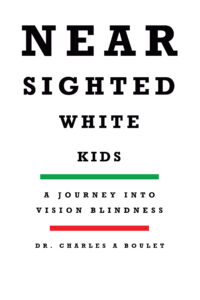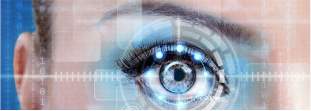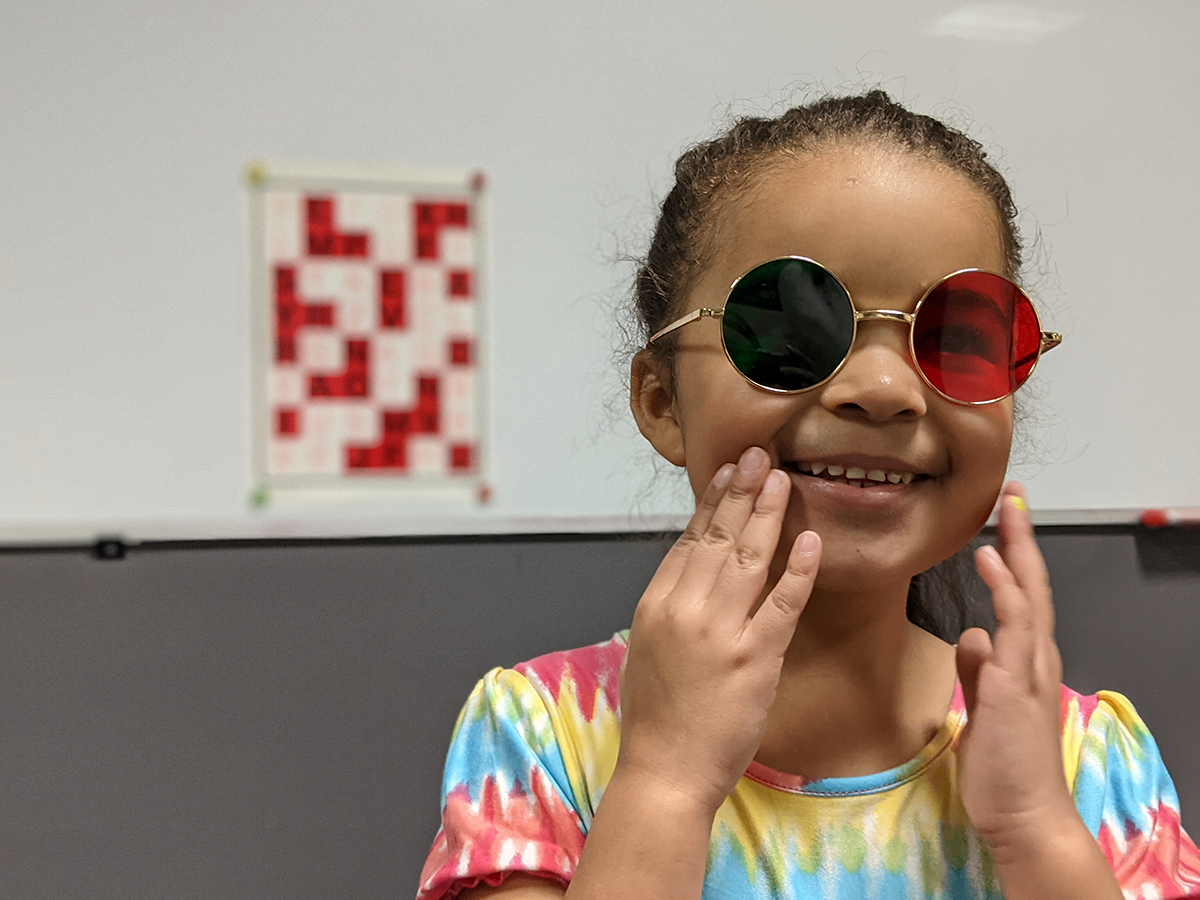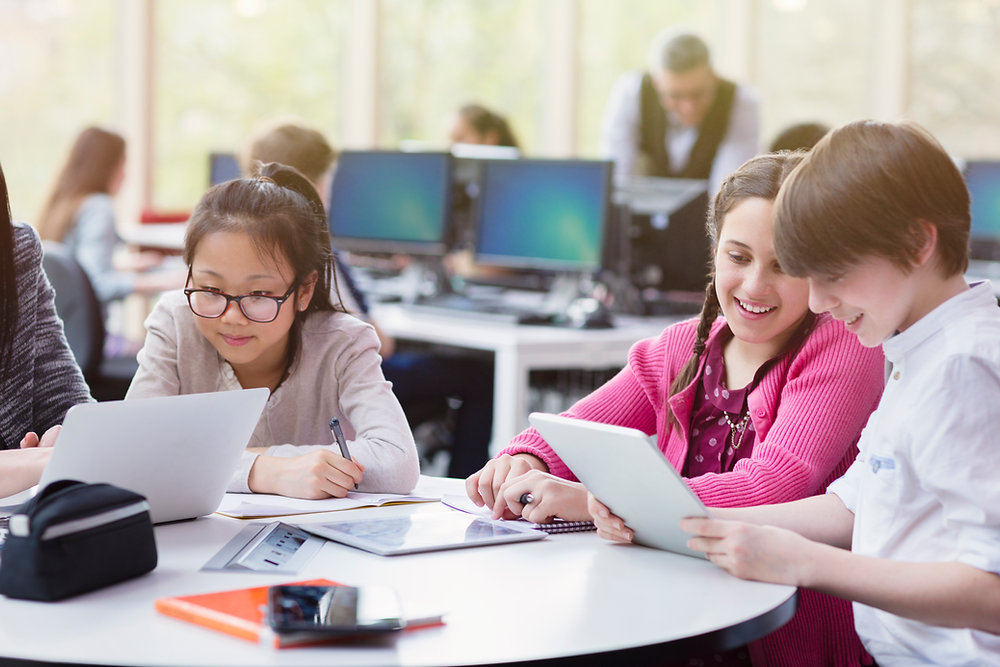Disc Touch Near Area Eye Hand
Disc Touch – Near Area – Eye-Hand
Purpose: To develop eye-hand prediction of localization in near space
Apparatus: Cardboard disc with 1″ hole in center, pencil, balance board, occluder
Method:
Patient is to:
1. Stand on the balance board in an easy relaxed manner with one eye covered, facing the disc.
2. Reach out with one hand and feel the disc so that you will know where it is located. Try to remember the match of the feeling and the seeing of the disc location.
3. Then, holding a pencil in your hand point up, start with your hand in front of your eye and extend your hand until your looking and feeling tell you that the pencil is directly under the disc.
4. Then raise the pencil straight up.
5. If you have calculated correctly, the pencil will strike the bottom edge of the disc and demonstrate a good visual kinesthetic match. If you miss the disc, start back at your eye and try again with the pencil once more, trying to recall the original seeing-feeling experience.
6. When you succeed in striking the disc, move to a different distance from the disc, move to a different distance from the disc and repeat the procedure.
7. Repeat, using the other eye.
Aspects to be Emphasized:
1. Ability to touch edge of disc in different positions with pencil point.
2. Do this slowly, placing emphasis on recalling the looking and feeling of the original control experience of hand at the disc.
3. It is perfectly good to point out and demonstrate to the patient that estimation of position in space is quite difficult when the emphasis is on LOOKING alone. With more awareness of the role of kinesthesia and body position with monocular LOOKING, the predictions of localization should improve.
4. This activity is always to be done monocularly.





